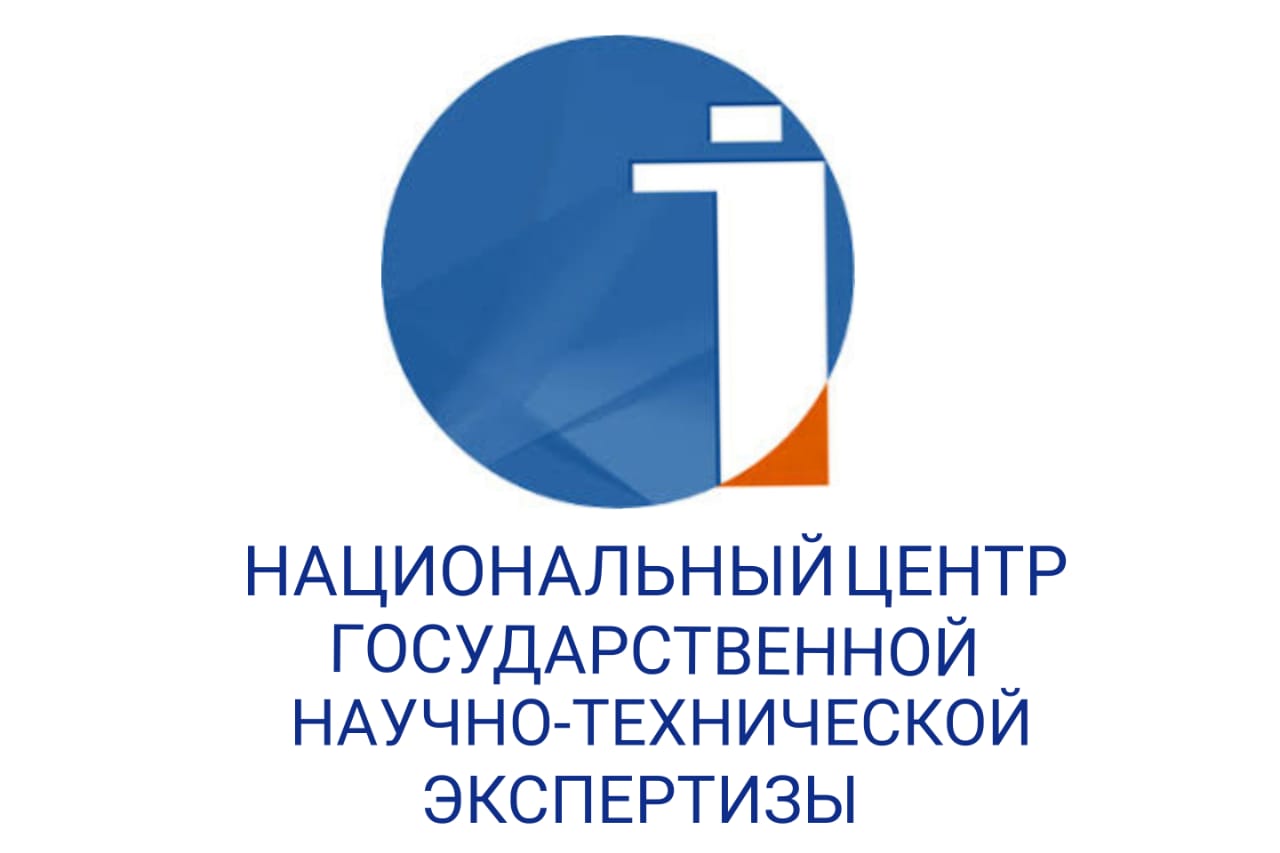MANIFESTATIONS OF THE TURKISH EPIC TRADITION IN N. GANJAVI'S POEM «KHOSROV AND SHIRIN»
DOI:
https://doi.org/10.48371/PHILS.2025.1.76.004Keywords:
Nizami, epic, folklore, national, value, poem, plot, motifAbstract
Nizami Ganjavi's poem «Khosrov and Shirin» contains enough Azerbaijani and Turkish epic elements. These elements can be considered a reflection of the national mental values of Turks. The purpose of the study is to identify the influence of the Turkic epic tradition on Nizami Ganjavi's poem "Khosrow and Shirin". The analysis of the work allows us to trace how the elements of Turkic folklore are integrated into the plot outline, characters and motifs of the poem, despite the use of the Persian language.
The research methods include comparative historical and textual analysis, which allows comparing the epic "Kitabi-Dede Korkud", folk tales and images of the heroes of Nizami's poem. The methods of intertextual analysis were also applied, which made it possible to identify the elements of the epic in the structure of the work.
The results showed that the poem "Khosrow and Shirin" contains numerous elements of the Turkic epic tradition, including motifs of the miraculous birth of a hero, trials, feats, and the influence of a woman on the formation of a man's character. An example is the similarity of Khosrow's birth scene to the epic plots of Kitabi-Dede Korkud, which also feature the prayers of childless parents. The main character's image is formed through traditional epic characteristics, and his name is associated with the Turkic naming system. In addition, elements of folklore symbolism, such as natural forces (water, fire, sky), are used to create an artistic image of the hero.
The theoretical significance of the research lies in expanding the understanding of intercultural interactions in medieval literature and identifying mechanisms for integrating folklore traditions into author's works.
The practical significance lies in the possibility of using the results in philological research, comparative literary studies, as well as in teaching the history of Turkic and Persian literature.








